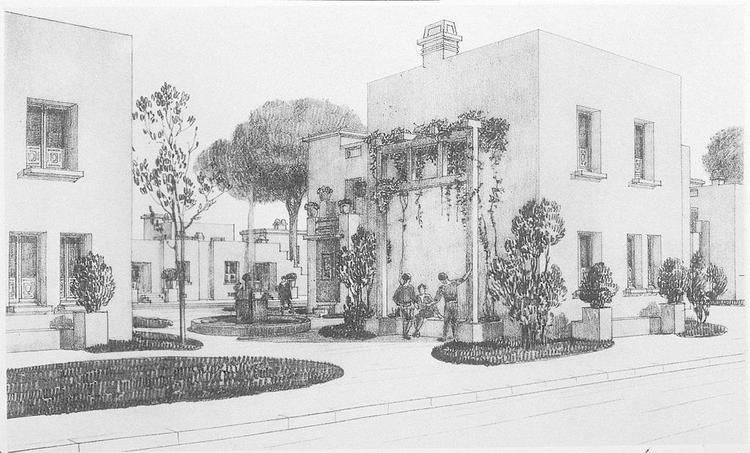Name Tony Garnier | ||
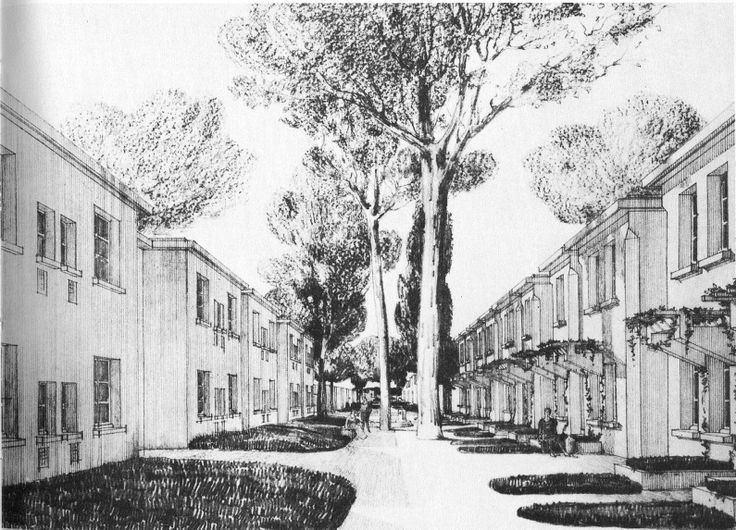 | ||
Education Ecole nationale superieure des Beaux-Arts Books The Hunter and the Hill: New Zealand Politics in the Kirk Years, Election '81: An End to Muldoonism? Parents Pierre Garnier, Anne Evrard Structures Stade de Gerland, La Mouche Abatoir Similar Jean Claude Nicolas Forestier, Georges Eugène Haussmann, Louis Bonnier Born 13 August 1869, Lyon, France Nationality French Buildings Halle Tony Garnier, Stade de Gerland Projects Cité Industrielle Died 19 January 1948 (aged 78) Roquefort-la-Bédoule, France | ||
Le quartier des etats unis lyon 1917 1934 tony garnier utopies realisees episode 1
Tony Garnier (August 13, 1869 in Lyon – January 19, 1948 in Roquefort-la-Bédoule, France) was a noted architect and city planner. He was most active in his hometown of Lyon. Garnier is considered the forerunner of 20th century French architects.
Contents
- Le quartier des etats unis lyon 1917 1934 tony garnier utopies realisees episode 1
- Tony garnier
- Biography
- Selected projects
- Publications
- References
Tony garnier
Biography
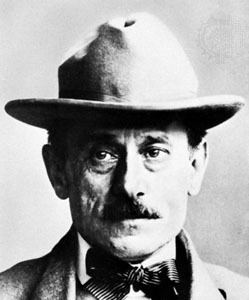
After learning painting and drafting at the École Technique de la Martinière in Lyon (1883-86), Garnier studied architecture at the École nationale des beaux-arts de Lyon (1886-89) and the École nationale supérieure des Beaux-Arts in Paris (1890-99). In 1899 he won the Prix de Rome for a design of a national bank. The prize enabled him to reside at the Villa Medici in Rome for four years, until 1904.
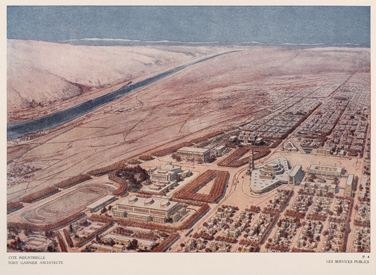
In 1901, after extensive study of sociological and architectural problems, he began to formulate an elaborate solution to the perceived issues concerning urban design. His basic idea included the separation of spaces by function through zoning into several categories: industrial, civic, residential, health related, and entertainment. Garnier's drawings for an ideal industrial city called Une cité industrielle were initially exhibited in 1904, but only published later in 1918.
Une Cité Industrielle was designed as an utopian form of living, for 35,000 inhabitants. It was located between a mountain and a river to facilitate access to hydroelectric power. This plan was highly influenced by the writings of Émile Zola, in particular his socialist utopian novel Travail (1901). The plan allowed schools and vocational-type schools to be near the industries they were related to, so that people could be more easily educated. There were no churches or law enforcement buildings, in hope that man could rule himself. The idea of functional separation was later taken up by the members of CIAM, and would ultimately influence the design of cities like Brasilia.
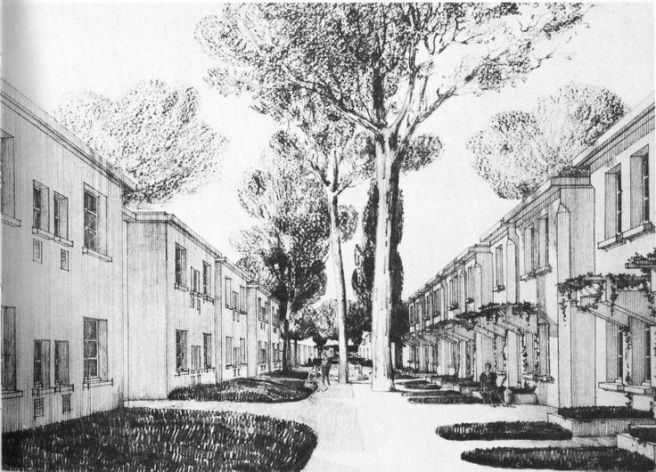
In 1904 Garnier returned to Lyon, where he received a commission for a livestock market and slaughterhouse (1906-24), later named Halle Tony Garnier. In 1910 he was commissioned for the design of the Édouard-Hérriot Hospital, completed in 1927. Further projects included several villas, the Stade de Gerland (Gerland stadium) (1914-18) and the low-cost housing Quartier des Etats-Unis (1919-35) on United-States avenue in the 8th arrondissement of Lyon.

In the 1920s Garnier continued the work on several major projects started before the war. In 1939 he moved from Lyon to Roquefort-la-Bédoule, where he died in 1948. He is buried in the Croix-Rousse cemetery.
Selected projects
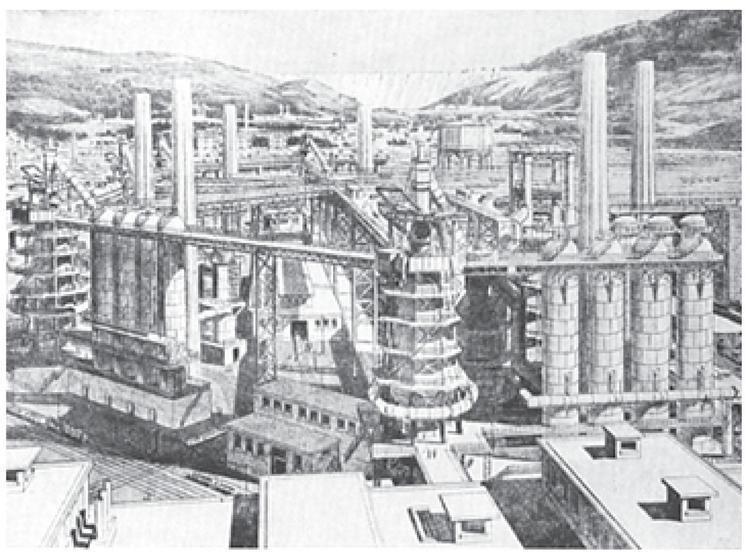
Publications
